The photographers shaping the way we see modern civilisation

Civilisation: the latest behemoth subject to be tackled by Thames & Hudson. No mean feat for a publishing house that has already this year investigated a photographic history of China, and a wedge-like history of space exploration. Big subjects, it seems, are popular coffee table-toppers of late. Part a Who’s Who handbook for the photographically astute, part documentary of everything, Civilization: The Way We Live Now is as epic as it sounds (in the traditional sense of the word). The 352 pages zing with 500 photographs, many previously unpublished, from 140 leading photographers from far-flung corners.
Few have successfully attempted a photography project with such scope since Edward Steichen’s 1955 MoMA exhibition. ‘Family of Man’ brought together hundreds of images by photographers working around the world in a forthright declaration of global solidarity in the decade following the Second World War. ‘Since then, curators have been less at ease with sweeping overviews,’ write Todd Brandow and Bartomeu Marí in the foreword of Civilization. Perhaps we've become too detail-obsessed in our minutiae-focused, Google-everything world; too divided and oppositional. ‘Photographers are at work everywhere, looking at everything. Why not step back and try and take in the big picture?’
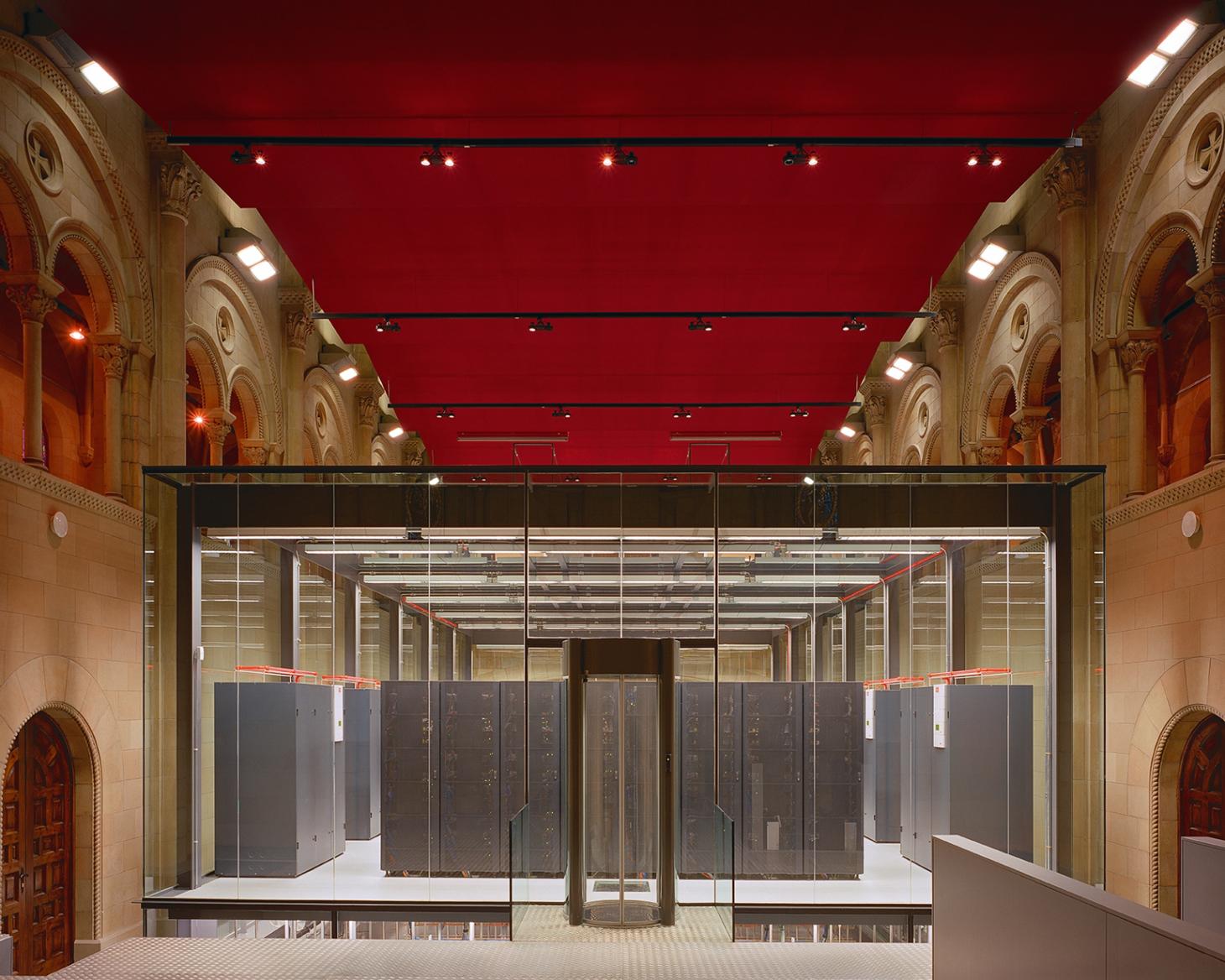
The Mare Nostrum supercomputer at Barcelona Supercomputer Center, 2006, by Simon Norfolk. © The artist
Rather than the meandering, overwhelming story that Civilization could tell, authors William E Ewing and Holly Roussell have managed to keep things markedly orderly, through eight thematic, signposting chapters. They’re called things like ‘Hive’, a chapter that captures the buzzing insect colony of today's cities through the dizzying human seas of Cyril Porchet, and the vast urban markets of Massimo Vitali. Or ‘Alonetogether’, which presents the human as a social animal, through portraits of friend groups, faith gatherings, sports teams; while alluding to the lonely corners of society, in the pitfalls of tech-induced isolation, as in Evan Baden’s selfie-culture portrait series Technically Intimate (2010).
Through clinical capturings of health facilities by Reiner Riedler, and scientific shots of space centres by Vincent Fournier, ‘Next’ (the final chapter), visually embodies the invention, fear, and pure fantasy of looking into the future. The chapter answers not only The Way We Live Now, but ponders at the way we will live tomorrow. ‘Sometimes with all the breathless talk, it seems “next” has arrived – and it's already old hat,’ write Ewing and Roussell. ‘We’ve dropped the old question, what’s new, pretty much, simply because the newness has become so routine.’ History and futureollide in Simon Norfolk’s photograph of the Mare Nostrum at the Barcelona Supercomputer Center, built in the nave of an old church to help with its cooling; a piercing metaphor of our worship-like relationship with technology.
Bolstered on each page by musings direct from the mouths of those who made the work, we’re reminded of the human at the other side of the camera, the individuals caught up within civilisation as a whole. In a chapter called ‘Control’, Edgar Martins writes, ‘To photograph is to collect the world.’ It’s also to preserve it. Rather than a mesh of mismatched, disconnected scenes, Civilization becomes a global family photo album; a memory book of personal stories that patchwork to form a rounded impression of humanity. Our advice? Send this book into space as a visual capsule of life on our planet today (though it might scare any prospective Earth-dwellers off).
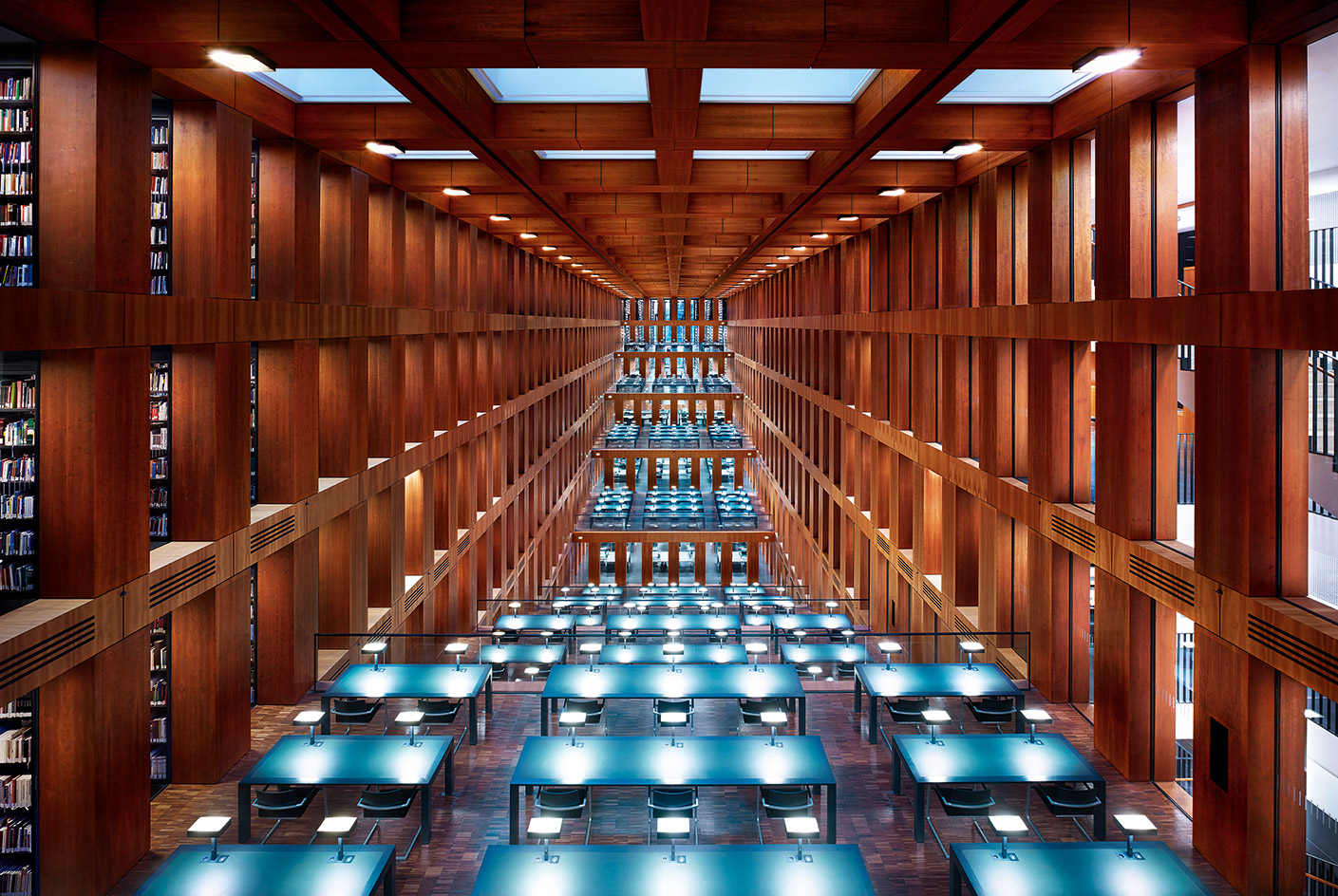
Humboldt University Library I Berlin, 2014, by Luca Zanier, from the series Corridors of Power. © The artist
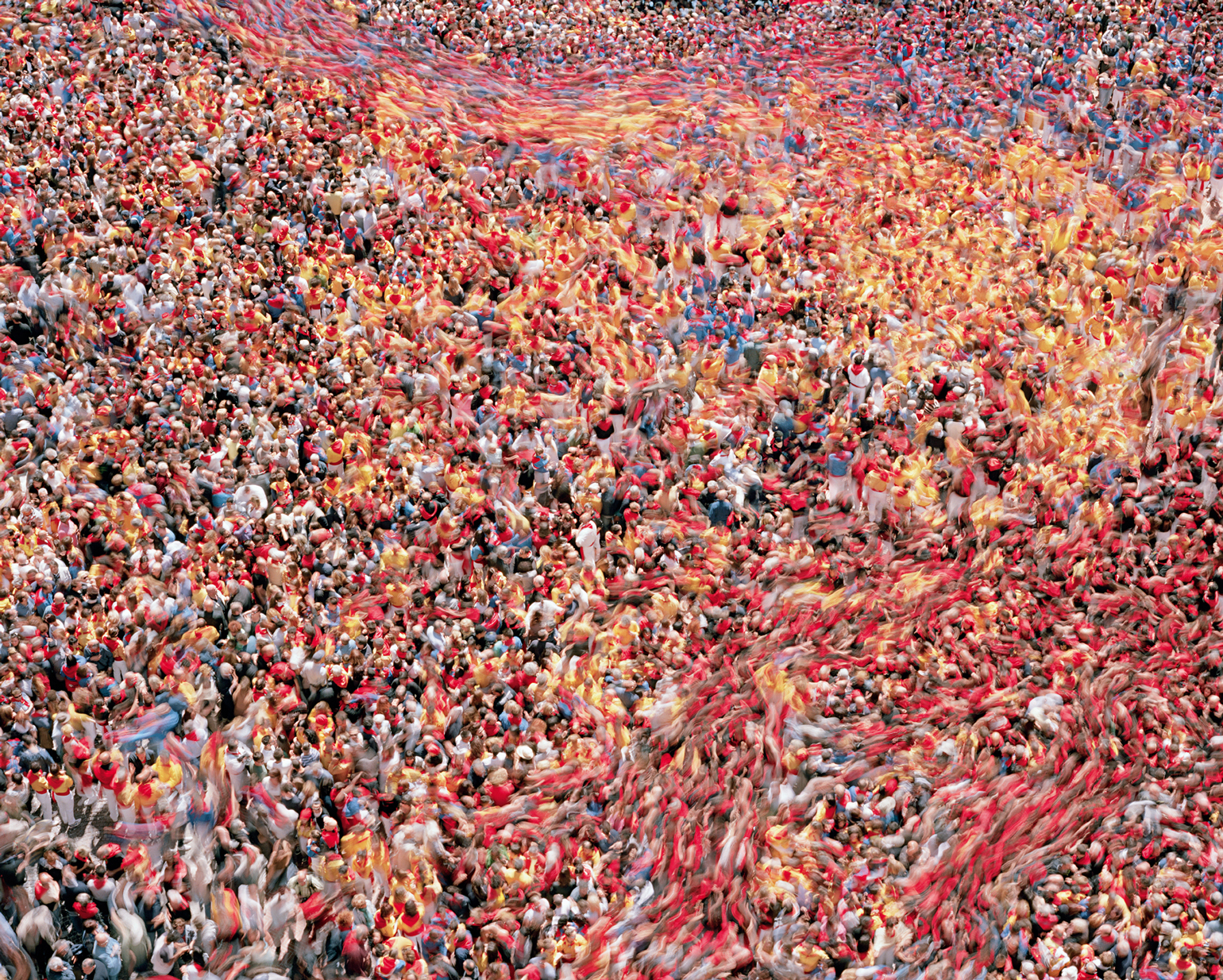
Untitled, 2014, by Cyril Porchet, from the series Crowd. © The artist
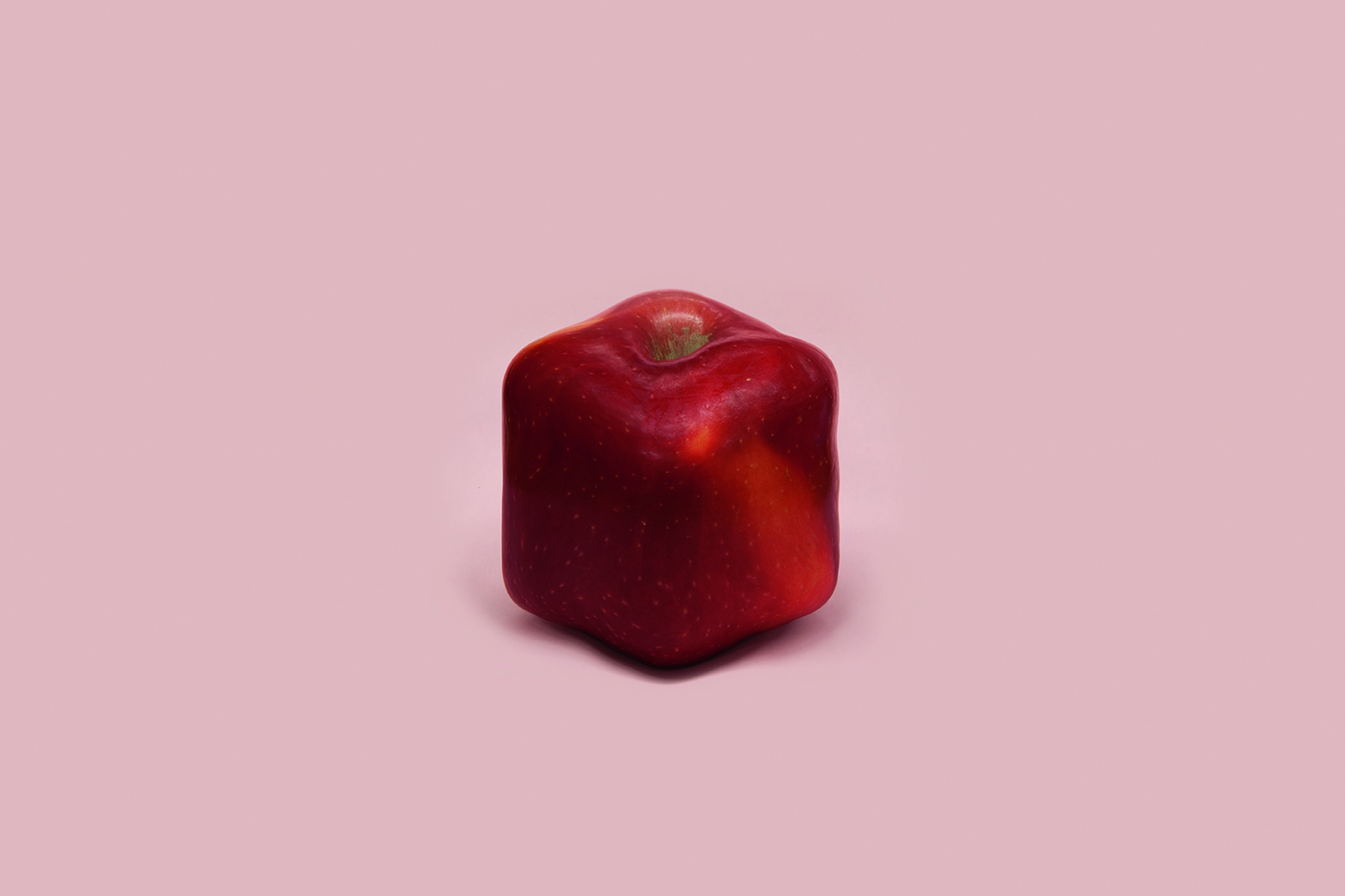
Square apple, 2013, by Robert Zhao Renhui, from the series A Guide to the Flora and Fauna of the World. Sold in a department store in South Korea, these square apples were created as gifts for students taking the College Scholastic Ability Test, with some inscribed with the words ‘pass’ or ‘success’. A similar square watermelon was developed in Japan in the 1980s. The cubic fruits are created by stunting their growth in glass cubes. © The artist
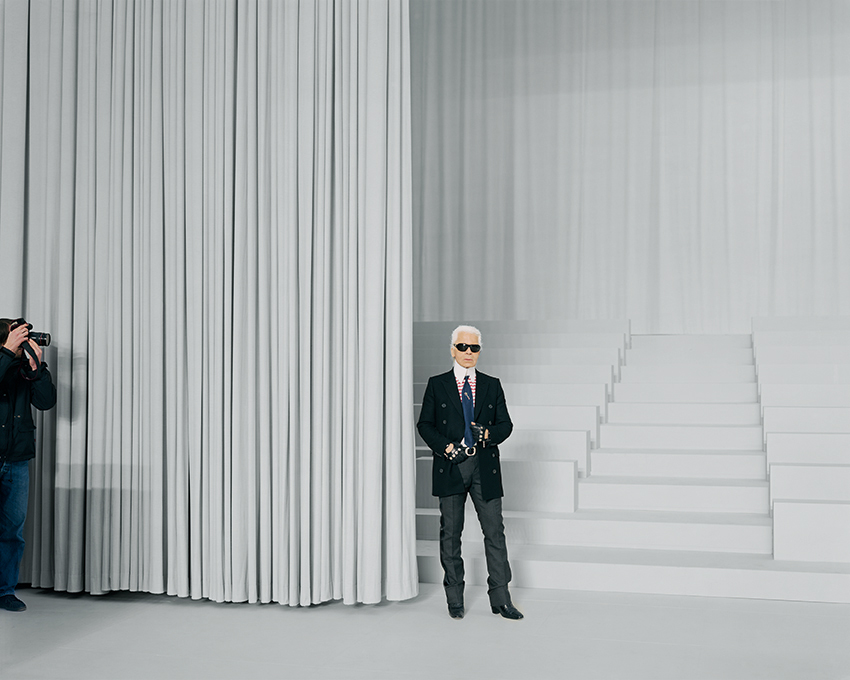
Grand Palais, 2007, by Alec Soth, from the series Paris / Minnesota. © The artist and Magnum Photos
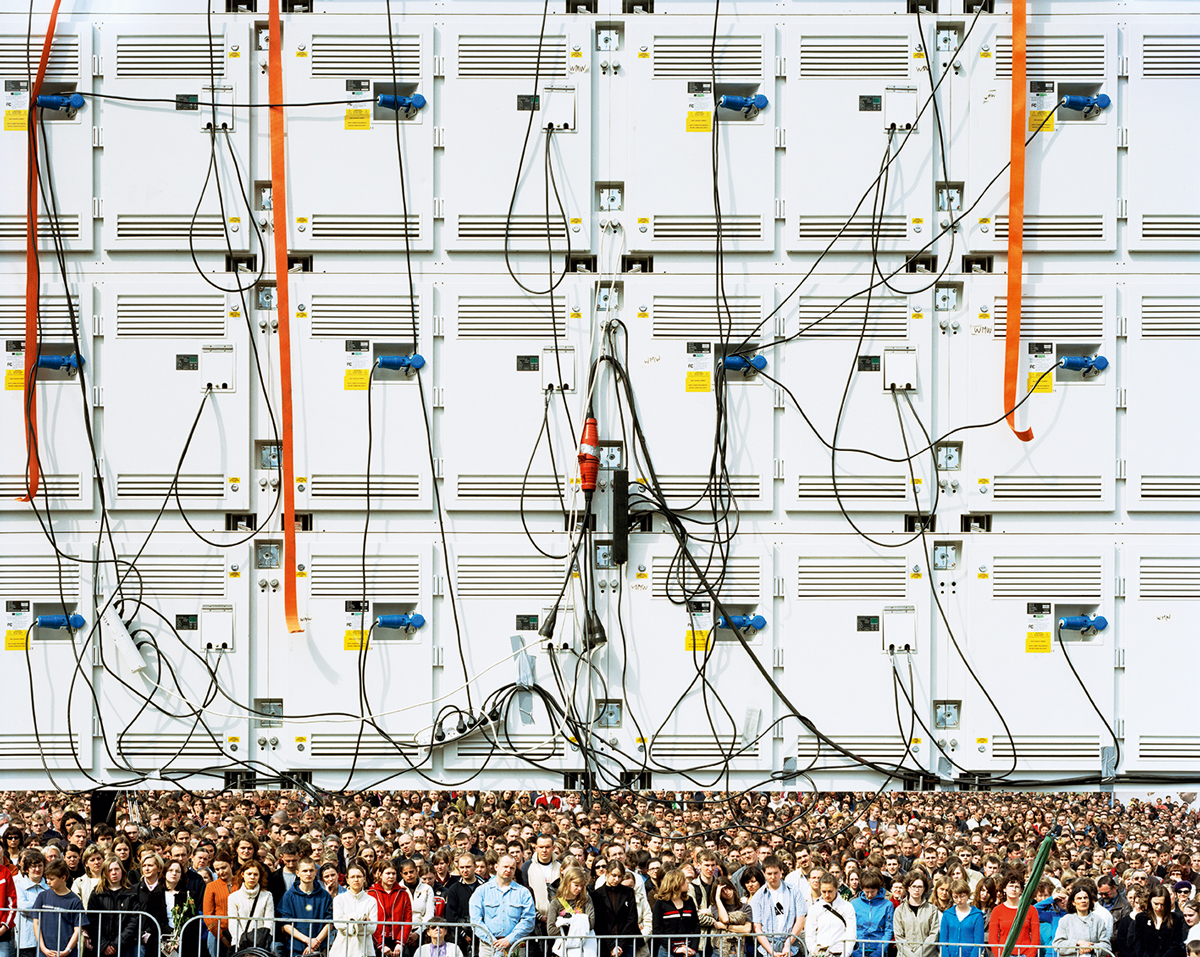
The funeral of Pope John Paul II broadcast live from the Vatican. Warsaw, Poland, 2005, by Mark Power, from the series The Sound of Two Songs. © The artist and Magnum Photos
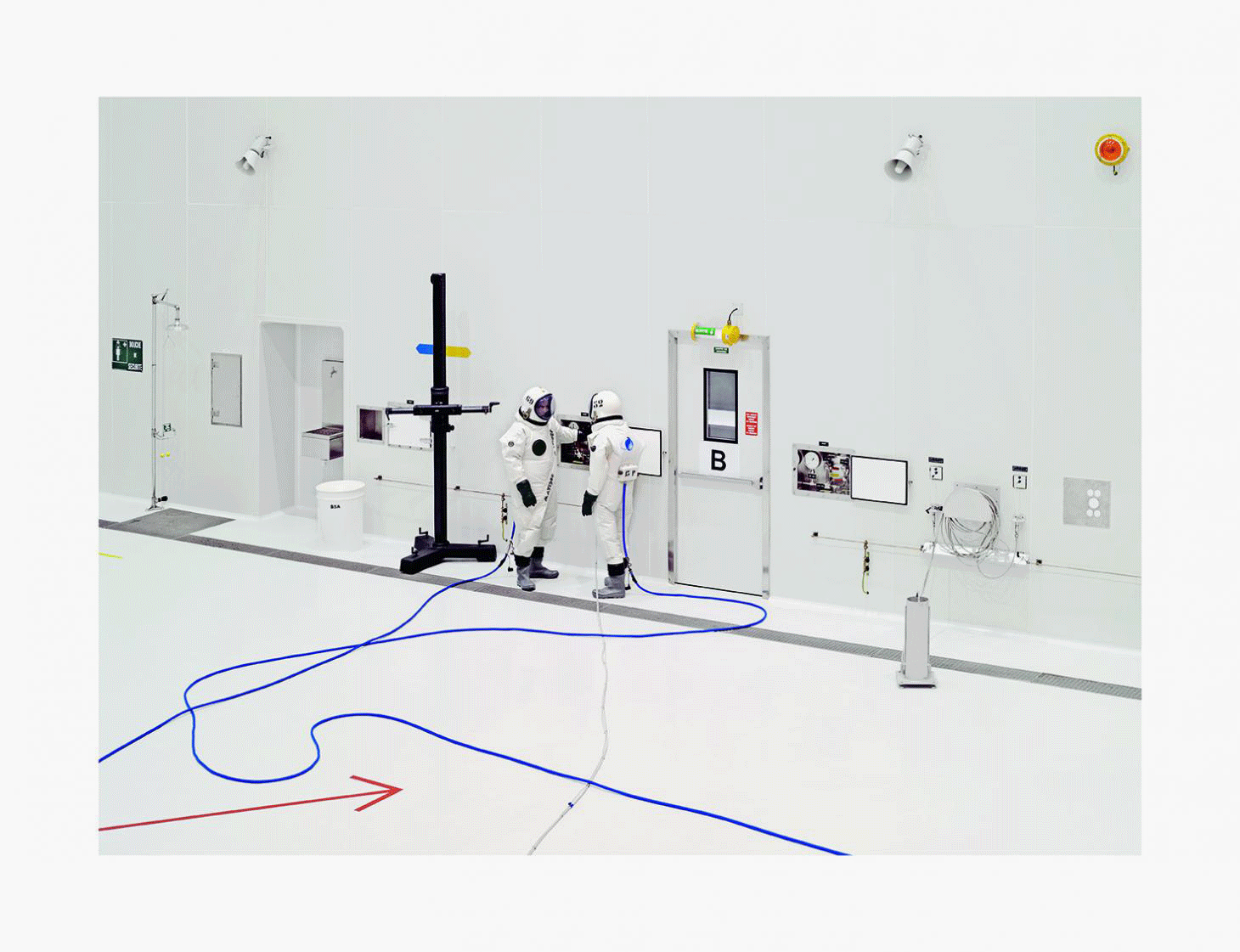
Ergol #3 S1B clean room, Arianespace, Guiana Space Center [CGS], Kourou, French Guiana, 2011, by Vincent Fournier, from the series Space Project. © The artist
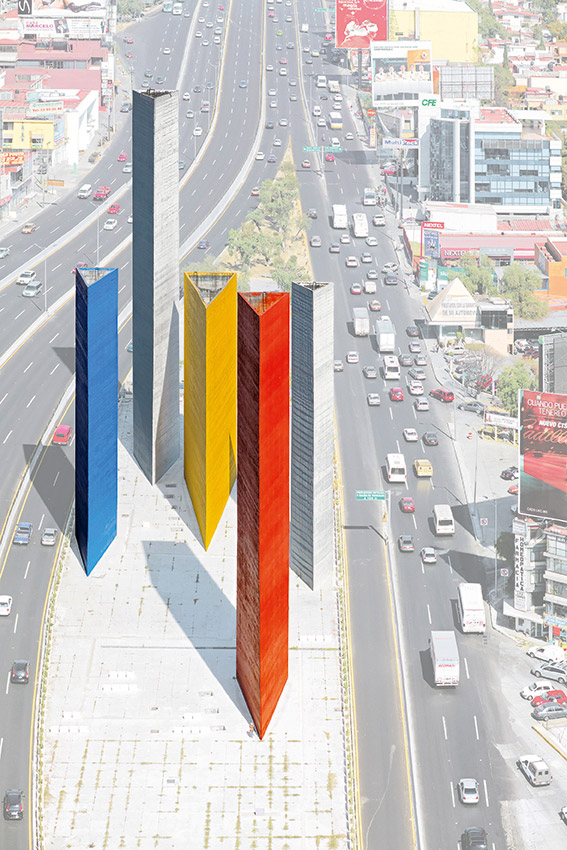
site specific_MEXICO CITY 11, 2011, by Olivo Barbieri. © The artist
INFORMATION
Civilization: The Way We Live Now, £39.95, published by Thames & Hudson. Flowers Gallery in London will show a selection of work by photographers featured in the book from 7 November – 22 December at its Kingsland Road venue
Wallpaper* Newsletter
Receive our daily digest of inspiration, escapism and design stories from around the world direct to your inbox.
Elly Parsons is the Digital Editor of Wallpaper*, where she oversees Wallpaper.com and its social platforms. She has been with the brand since 2015 in various roles, spending time as digital writer – specialising in art, technology and contemporary culture – and as deputy digital editor. She was shortlisted for a PPA Award in 2017, has written extensively for many publications, and has contributed to three books. She is a guest lecturer in digital journalism at Goldsmiths University, London, where she also holds a masters degree in creative writing. Now, her main areas of expertise include content strategy, audience engagement, and social media.
-
 All-In is the Paris-based label making full-force fashion for main character dressing
All-In is the Paris-based label making full-force fashion for main character dressingPart of our monthly Uprising series, Wallpaper* meets Benjamin Barron and Bror August Vestbø of All-In, the LVMH Prize-nominated label which bases its collections on a riotous cast of characters – real and imagined
By Orla Brennan
-
 Maserati joins forces with Giorgetti for a turbo-charged relationship
Maserati joins forces with Giorgetti for a turbo-charged relationshipAnnouncing their marriage during Milan Design Week, the brands unveiled a collection, a car and a long term commitment
By Hugo Macdonald
-
 Through an innovative new training program, Poltrona Frau aims to safeguard Italian craft
Through an innovative new training program, Poltrona Frau aims to safeguard Italian craftThe heritage furniture manufacturer is training a new generation of leather artisans
By Cristina Kiran Piotti
-
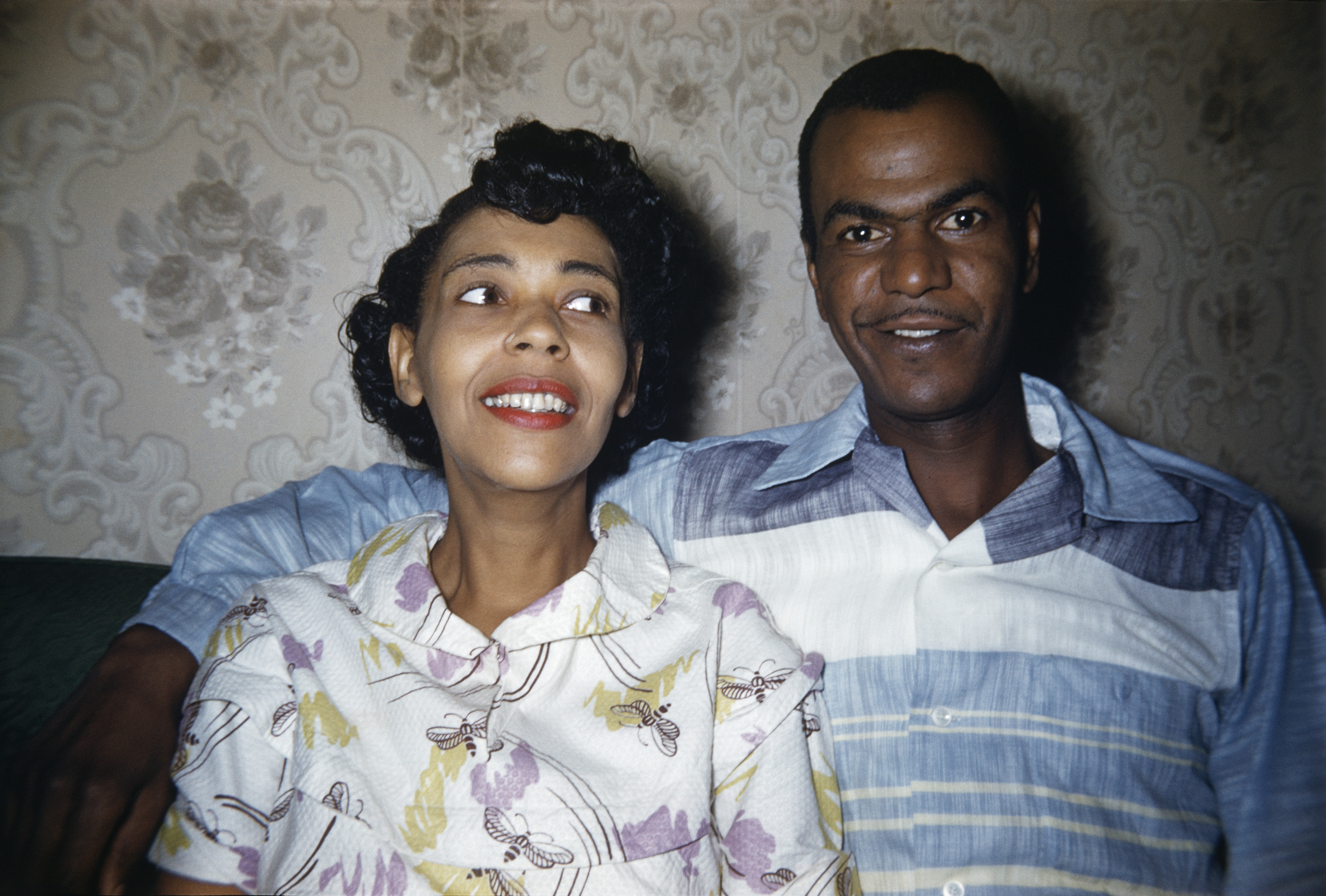 ‘Dressed to Impress’ captures the vivid world of everyday fashion in the 1950s and 1960s
‘Dressed to Impress’ captures the vivid world of everyday fashion in the 1950s and 1960sA new photography book from The Anonymous Project showcases its subjects when they’re dressed for best, posing for events and celebrations unknown
By Jonathan Bell
-
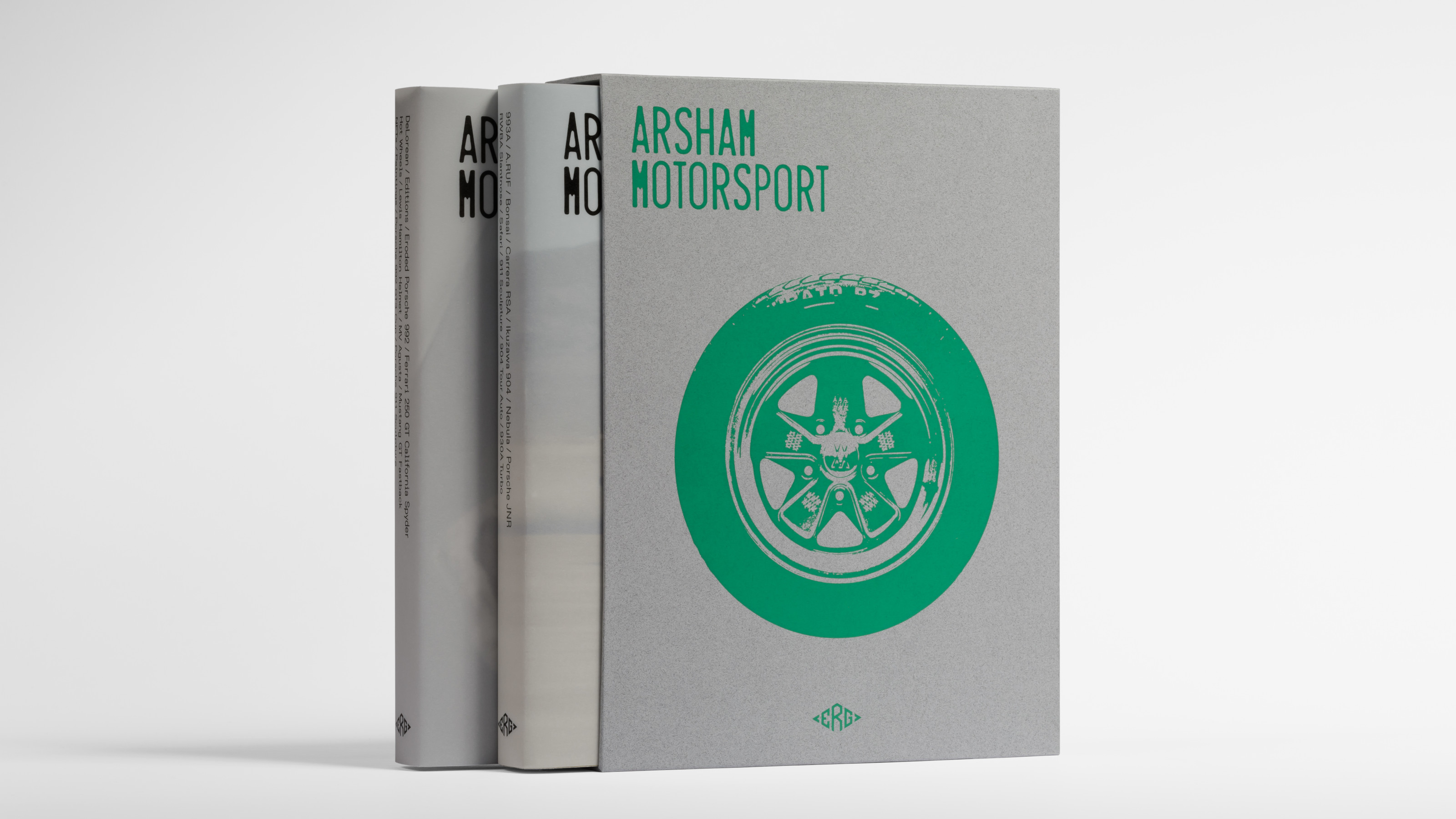 Daniel Arsham’s new monograph collates the works of the auto-obsessed American artist
Daniel Arsham’s new monograph collates the works of the auto-obsessed American artist‘Arsham Motorsport’ is two volumes of inspiration, process and work, charting artist Daniel Arsham’s oeuvre inspired by the icons and forms of the automotive industry
By Jonathan Bell
-
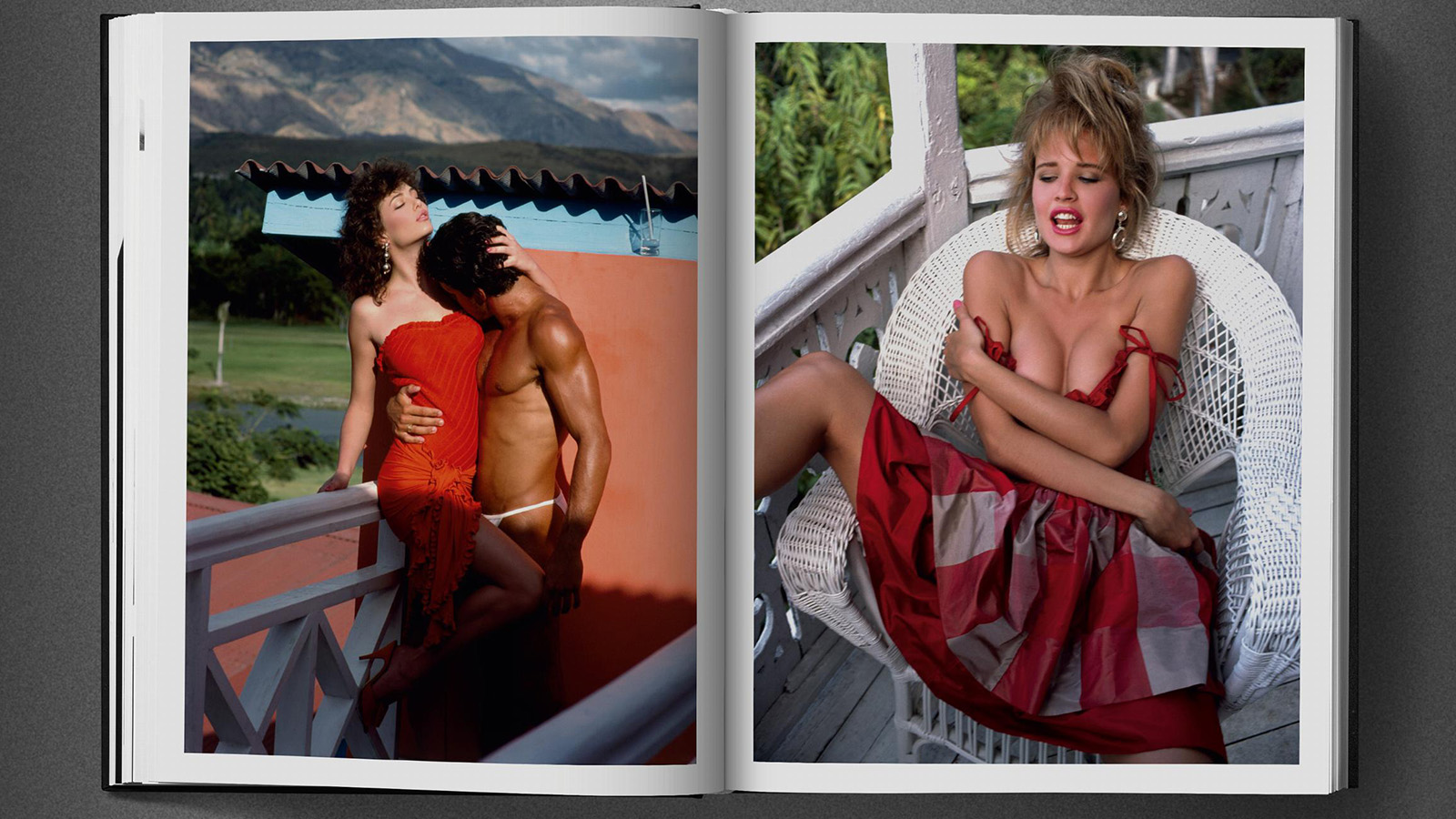 Era-defining photographer David Bailey guides us through the 1980s in a new tome not short of shoulder pads and lycra
Era-defining photographer David Bailey guides us through the 1980s in a new tome not short of shoulder pads and lycraFrom Yves Saint Laurent to Princess Diana, London photographer David Bailey dives into his 1980s archive in a new book by Taschen
By Tianna Williams
-
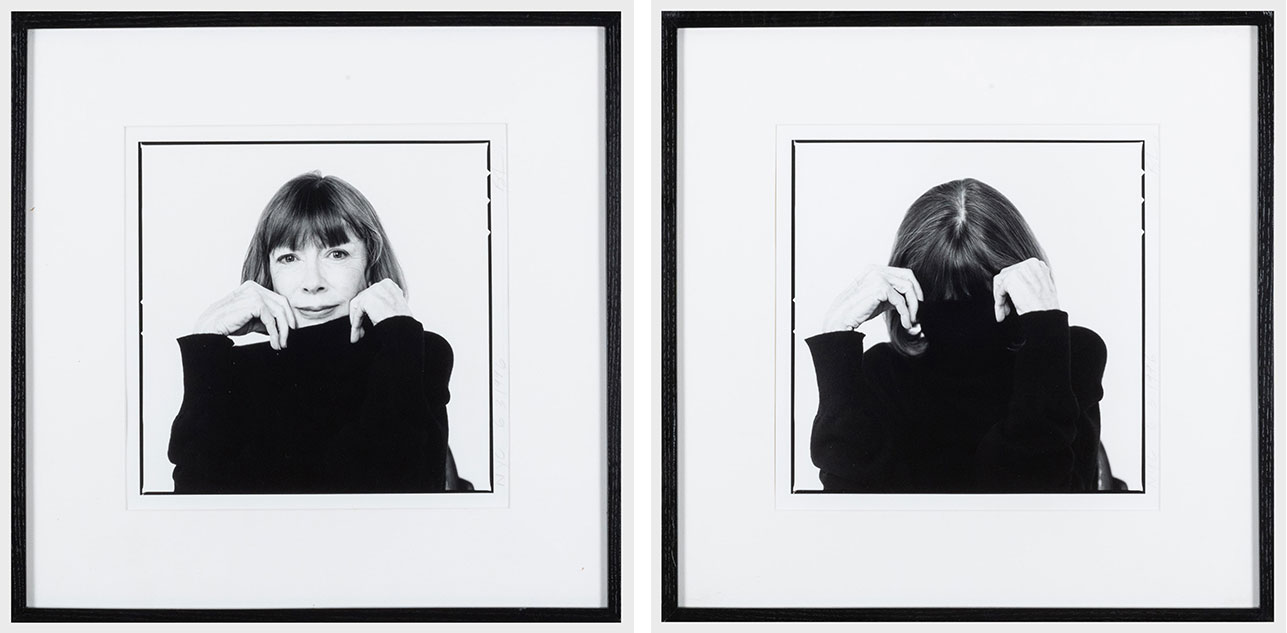 Inside Joan Didion’s unseen diary of personal relationships and post-therapy notes
Inside Joan Didion’s unseen diary of personal relationships and post-therapy notesA newly discovered diary by Joan Didion is soon to be published. Titled 'Notes to John', the journal documents her relationship with her daughter, husband, alcoholism, and depression
By Tianna Williams
-
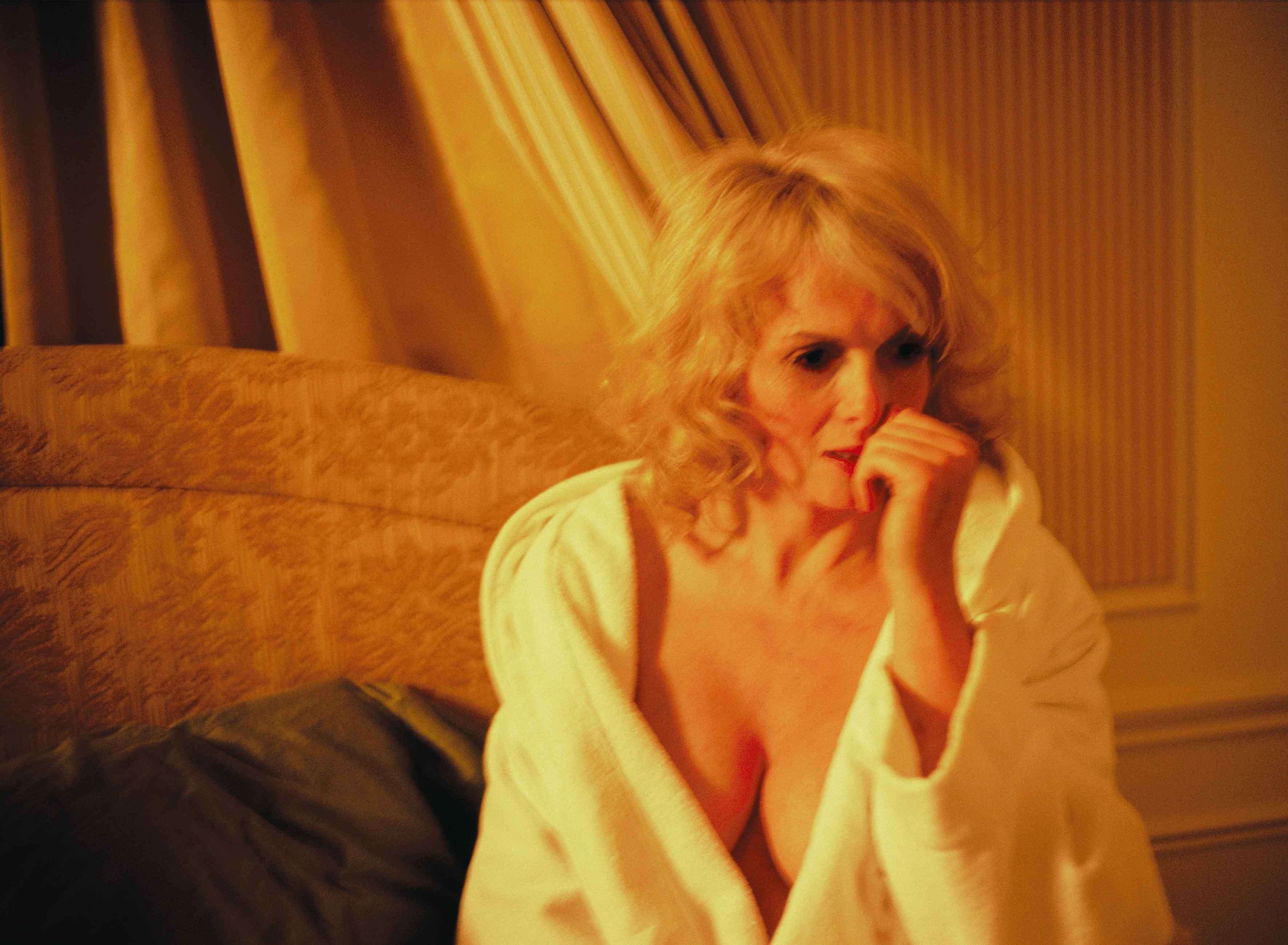 Carsten Höller’s new Book of Games: 336 playful pastimes for the bold and the bored
Carsten Höller’s new Book of Games: 336 playful pastimes for the bold and the boredArtist Carsten Höller invites readers to step out of their comfort zone with a series of subversive games
By Anne Soward
-
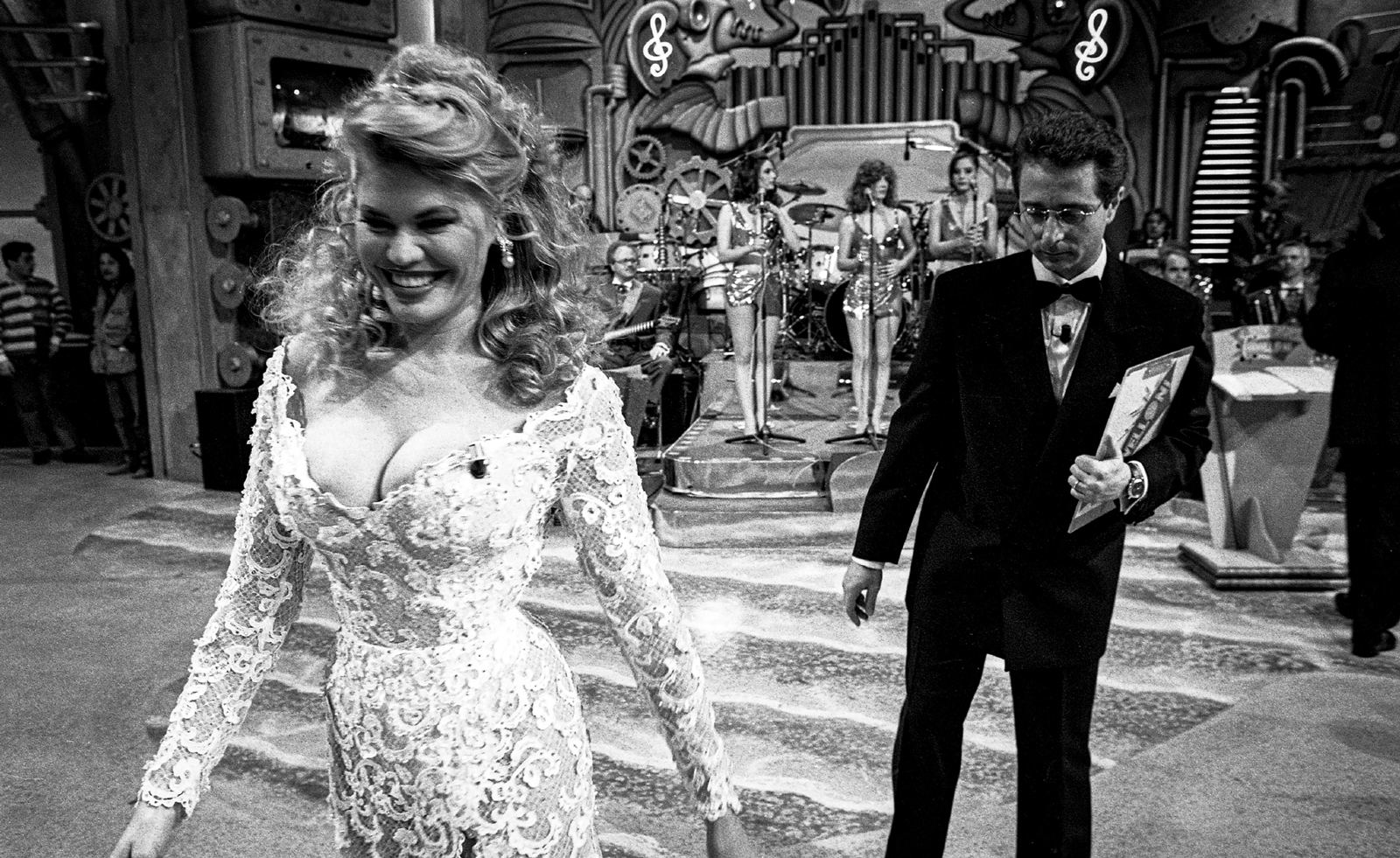 Distracting decadence: how Silvio Berlusconi’s legacy shaped Italian TV
Distracting decadence: how Silvio Berlusconi’s legacy shaped Italian TVStefano De Luigi's monograph Televisiva examines how Berlusconi’s empire reshaped Italian TV, and subsequently infiltrated the premiership
By Zoe Whitfield
-
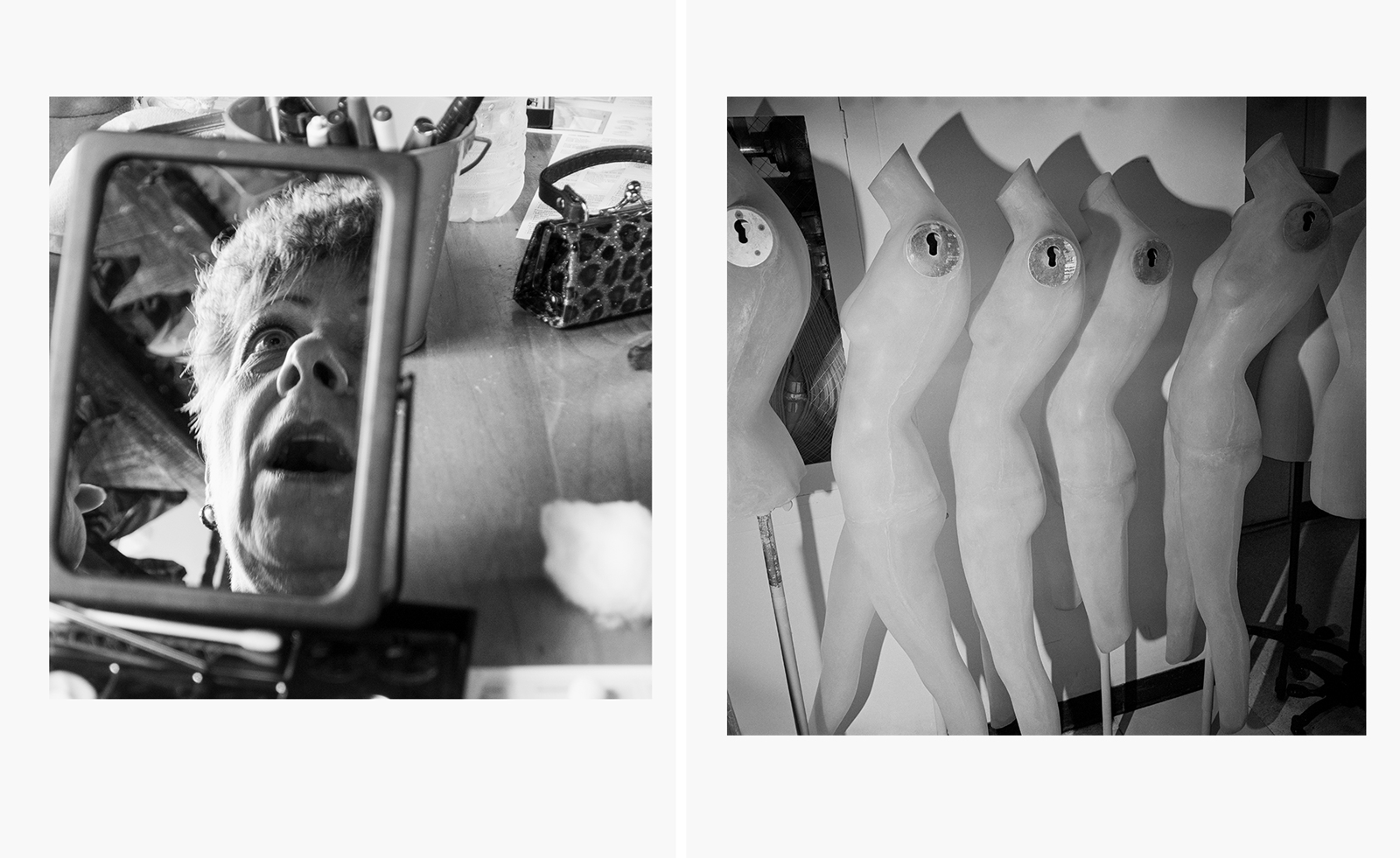 How a sprawling new book honours the legacy of cult photographer Larry Fink
How a sprawling new book honours the legacy of cult photographer Larry Fink‘Larry Fink: Hands On / A Passionate Life of Looking’ pays homage to an American master. ‘He had this ability to connect,’ says publisher Daniel Power
By Jordan Bassett
-
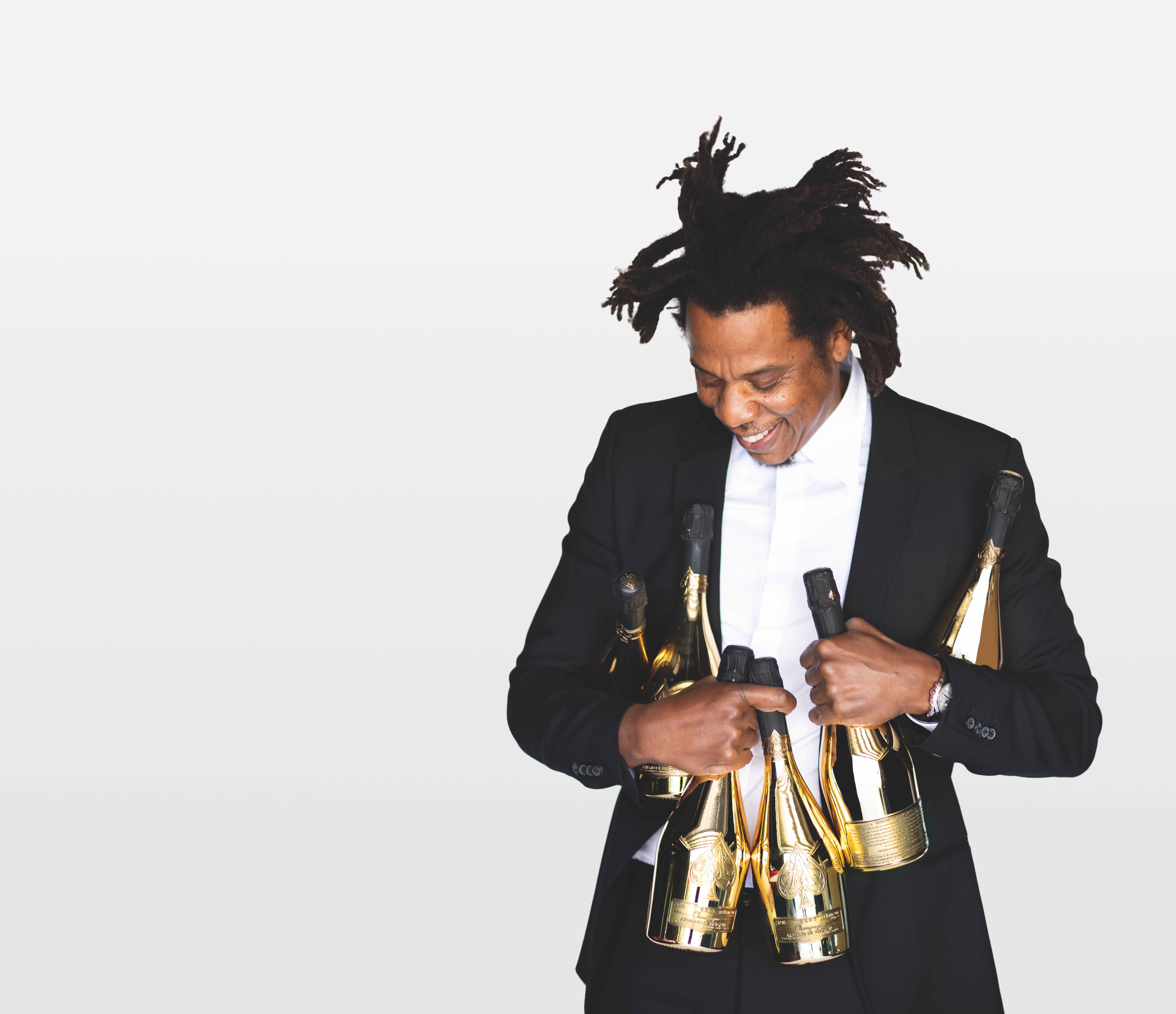 New Jay-Z coffee-table book dives into the Brooklyn rapper's archives
New Jay-Z coffee-table book dives into the Brooklyn rapper's archives'Book of HOV: A Tribute to Jay-Z' is a hefty tome for a hefty talent
By Craig McLean